Nature and architecture meet — or clash? — in unforgettable fashion at this £8m Yorkshire masterpiece
What was once a crumbling farmhouse has been transformed into The Valley Farm Estate, a genuinely spectacular 21st century home that really must be seen. Penny Churchill reports.
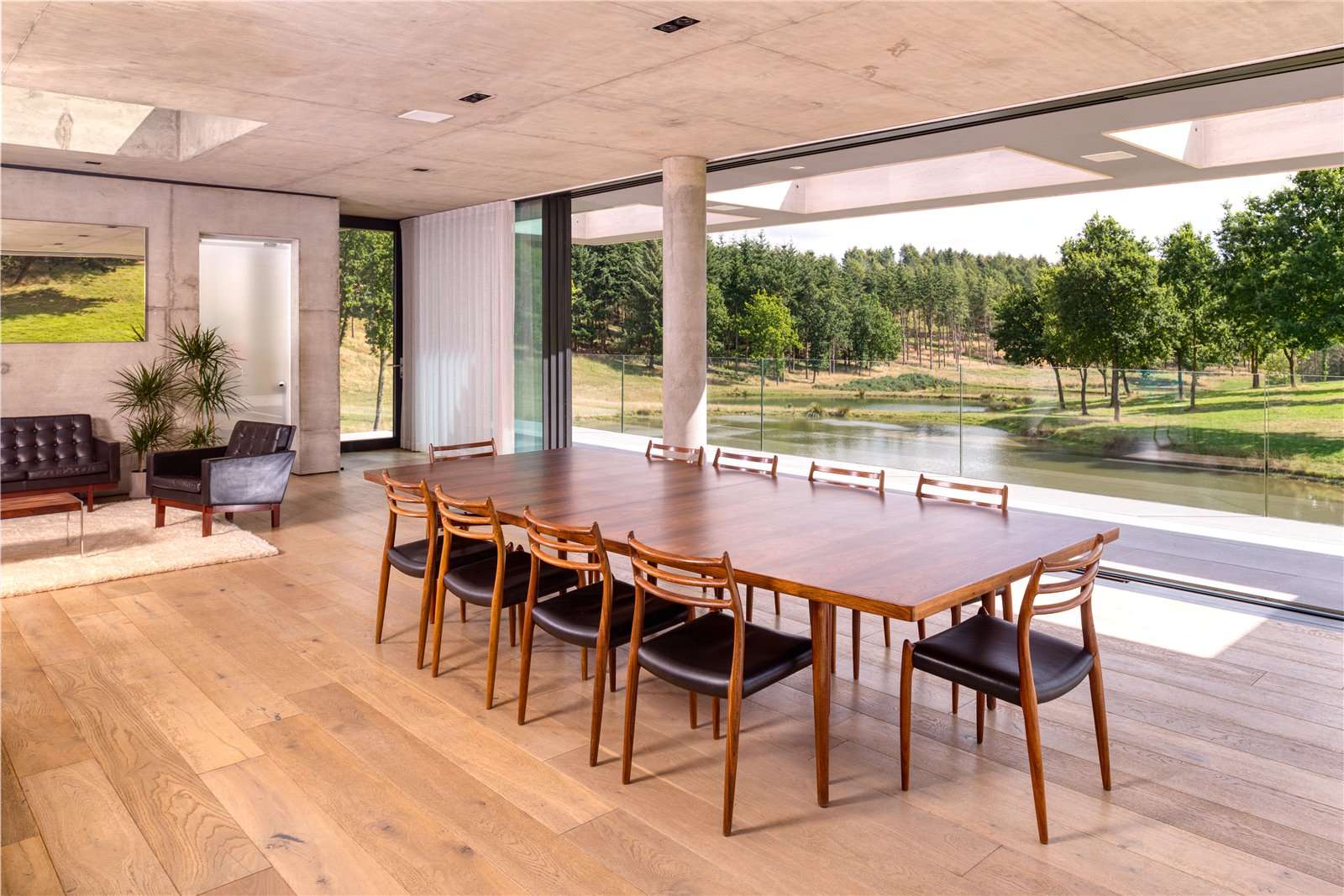

Beauty, they say, is in the eye of the beholder. When, in the early 2000s, Gill Farm at Gilling East in the Howardian Hills AONB, two miles south of Oswaldkirk and 15 miles north of York, came up for sale, it failed to resonate with local buyers, who saw merely a ramshackle stone farmhouse and crumbling buildings surrounded by 60-odd acres of decaying woodland.
But property developer Julian Pilling saw something different. Julian, who grew up in the area, saw the potential of the peaceful hidden valley that has no public rights of way, and in 2015 he embarked upon a seven-year effort during which he created the magical Valley Farm Estate. Now, he’s looking for new challenges; the estate is on the market with Savills at a guide price of £8 million.
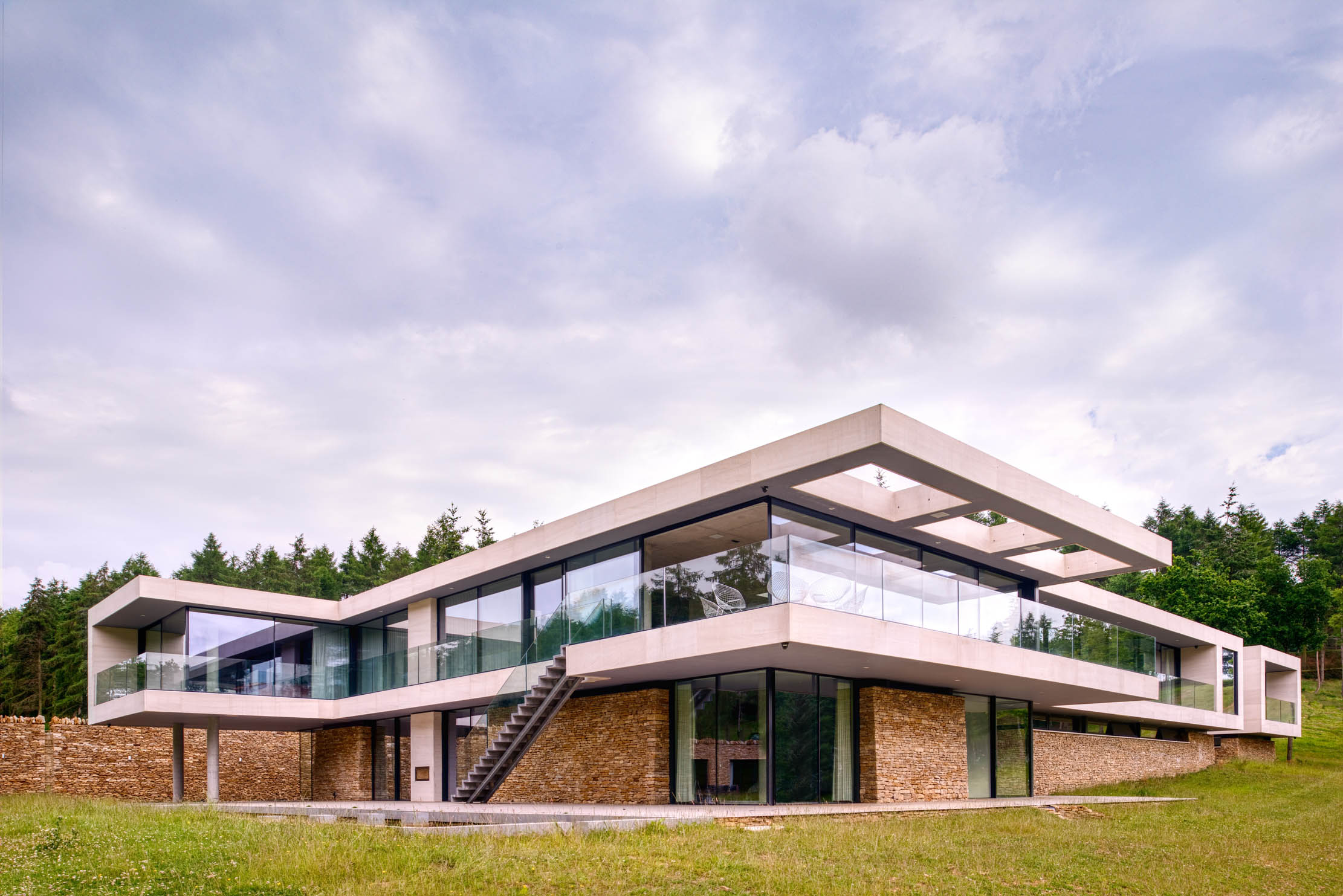
At its heart stands the sleek, ultra-modern main house, an 18,000sq ft symphony in concrete, glass and stone, which sits comfortably within the landscape against a spectacular backdrop of seven cascading, spring-fed lakes, healthy, well-managed, mixed woodland and organic grassland grazed by several species of deer originating from the Duke of Bedford’s Woburn Abbey estate.
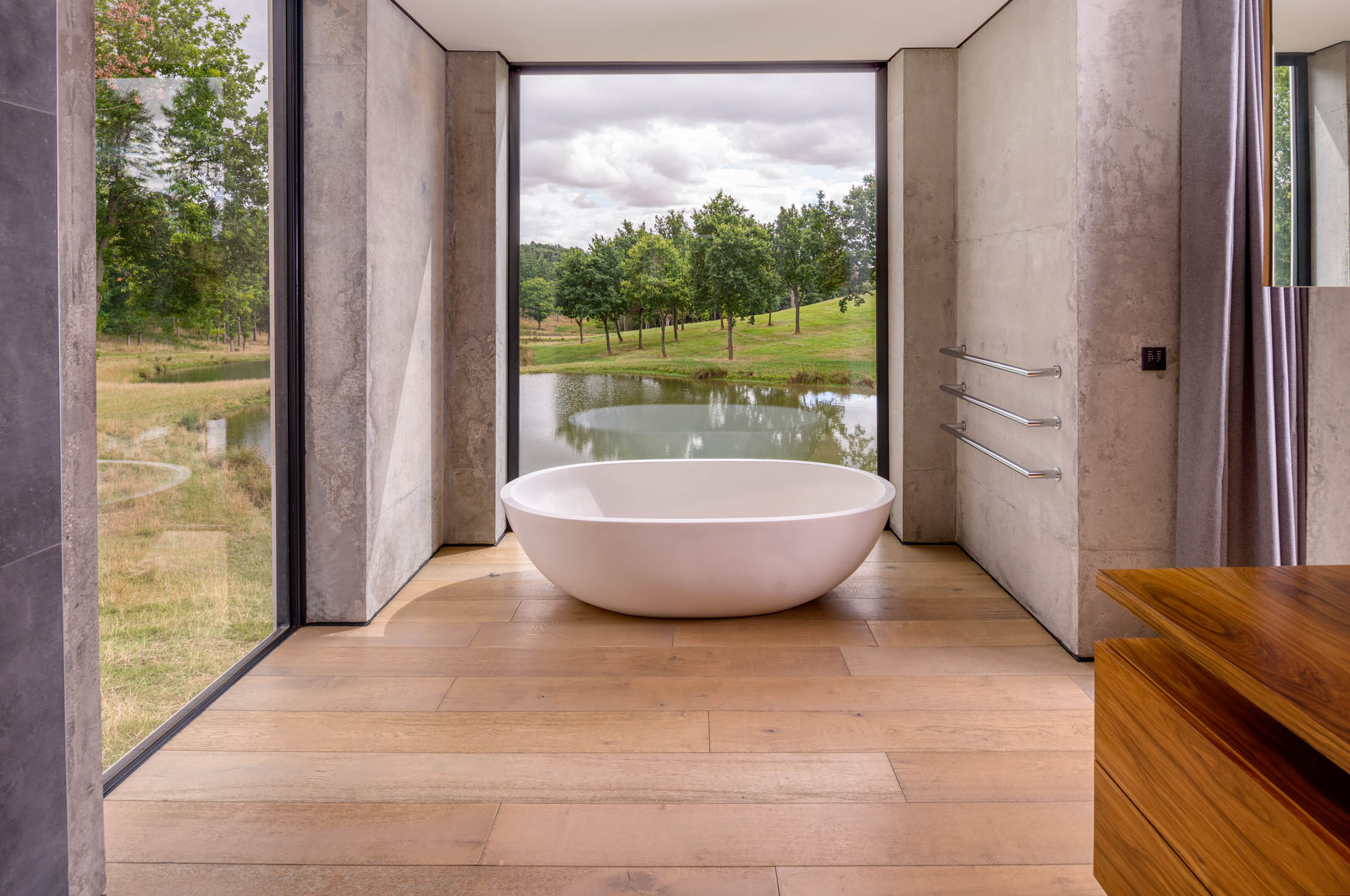
‘Having bought the valley and some additional land in which to create the deer park, I wanted to build “a house of its time”, rather than a Georgian pastiche,’ says Julian.
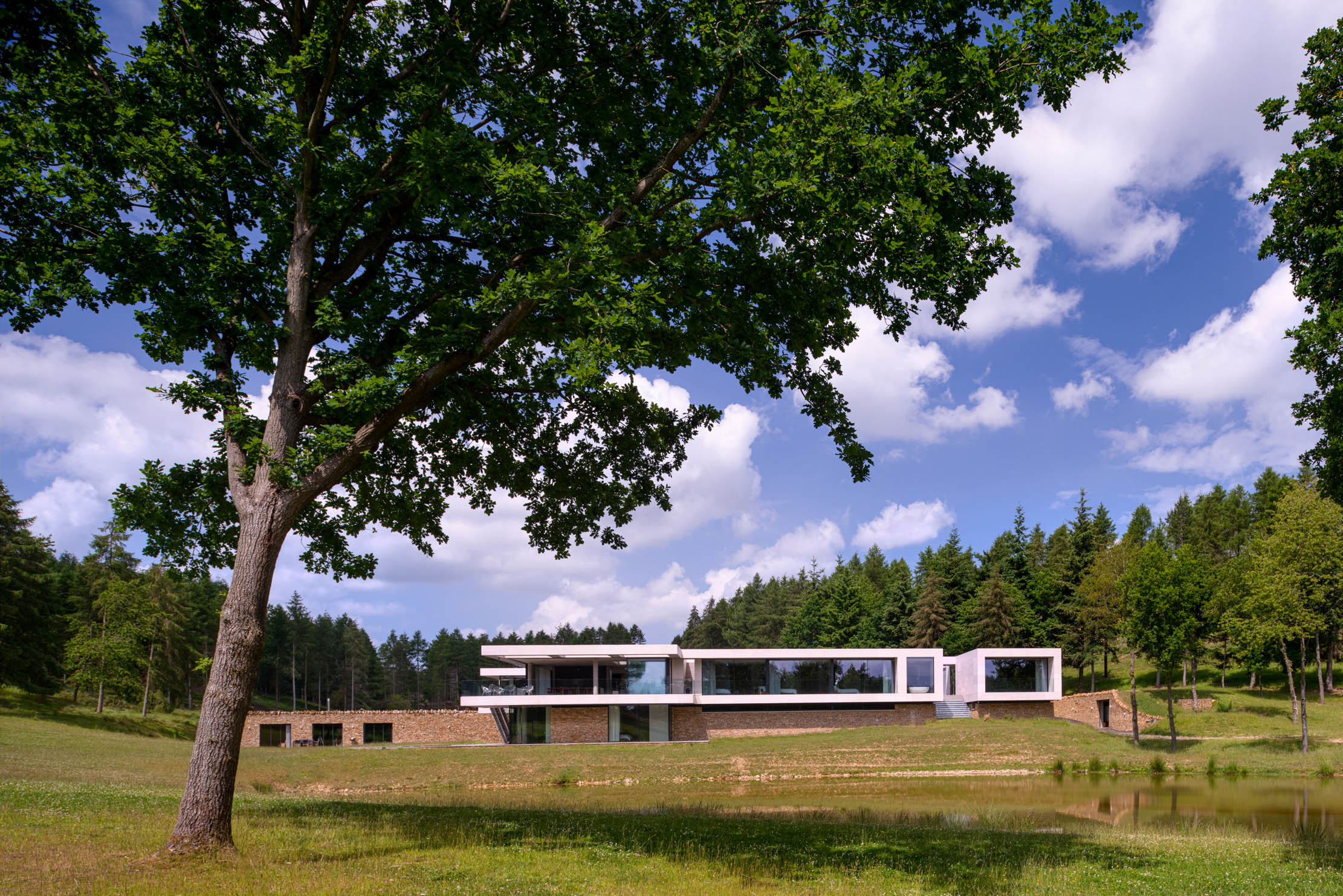
‘But first of all, we set out to define the landscape, building the estate’s network of roads that now wind through the valley, then thinning out the woodland, removing dying ash trees and harnessing the many natural springs to create the lakes that are such an important feature of the estate.’

The main residence — the result of an inspired collaboration between the owner, Malton-based architect Mark Bramhall and Cardiff-based designer Julian Phillips — comprises six en-suite bedrooms, an inter-connecting, self-contained, three-bedroom apartment and a separate building housing a three-bedroom annexe and a swimming pool.
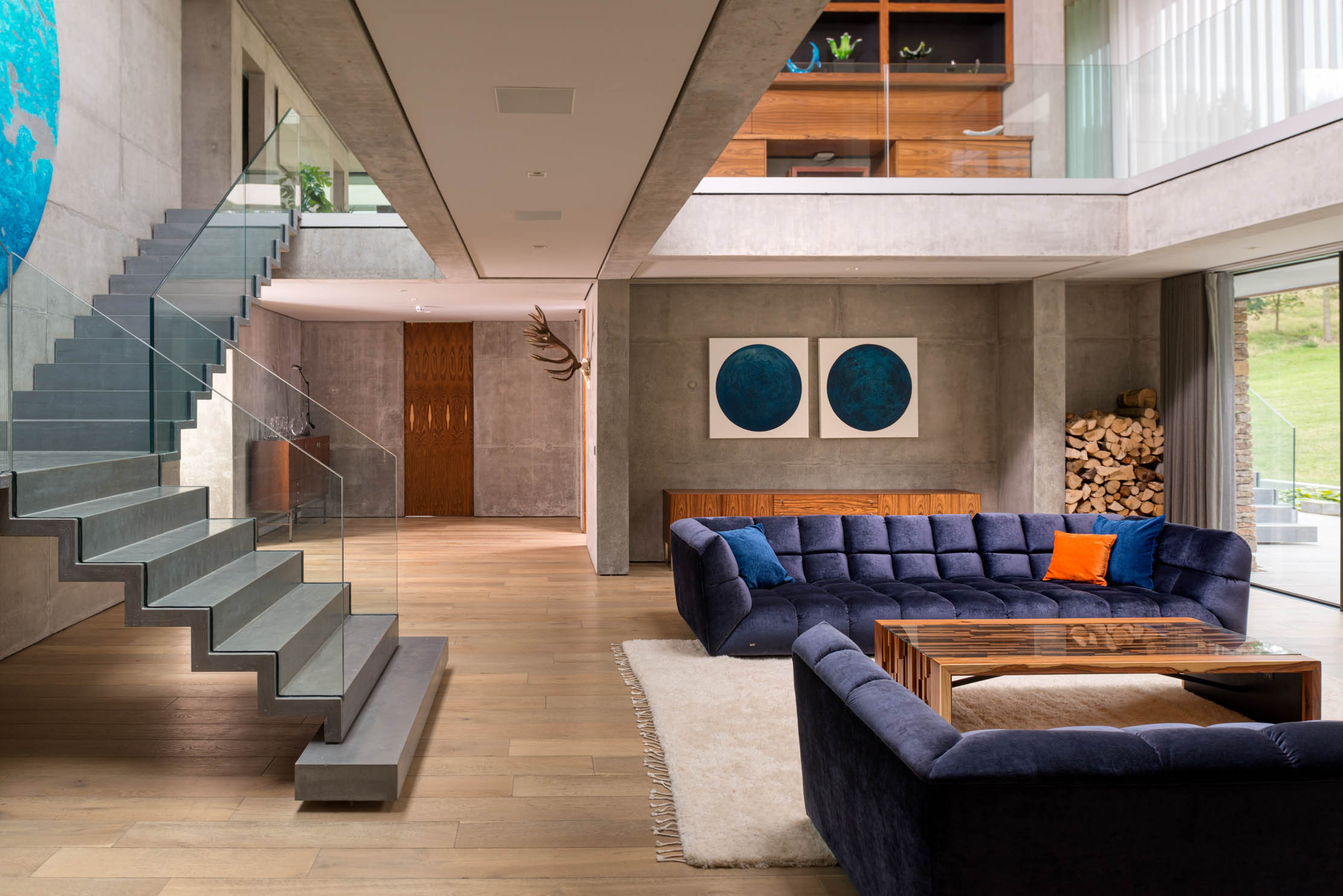
But those bare details don’t really tell the story of this house. Recognised as a property of note in the latest edition of Pevsner, the house is a triumph of architectural and engineering design, with spacious rooms, voluminous, double-height spaces and large roof lights that connect with Nature outside, always retaining the atmosphere of a comfortable family home.
Sign up for the Country Life Newsletter
Exquisite houses, the beauty of Nature, and how to get the most from your life, straight to your inbox.
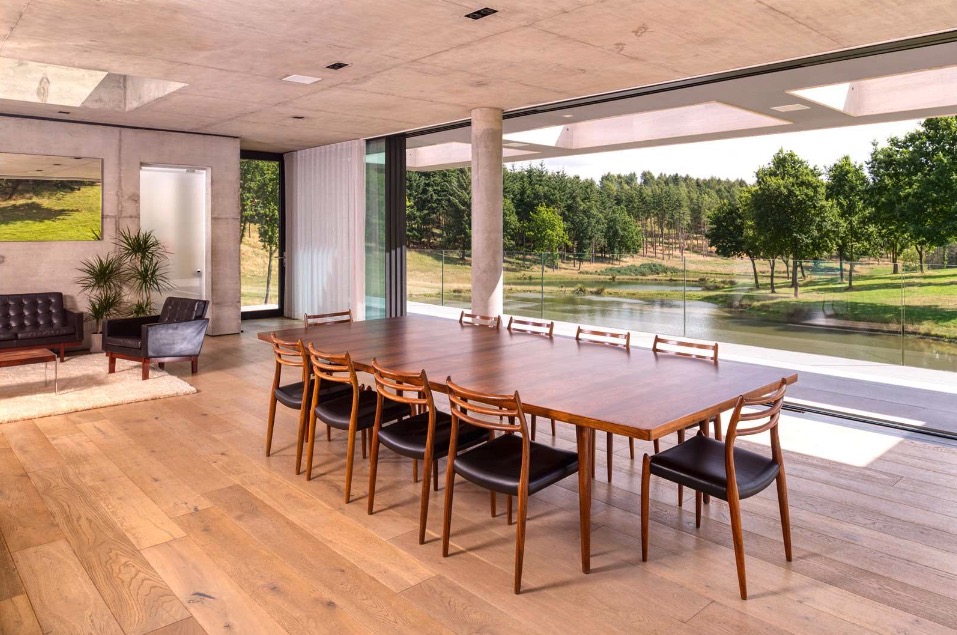
The external materials of the building are designed to blend with the surrounding landscape, with the stone used for the lower walls recovered from the previous building, and additional stone quarried on-site.
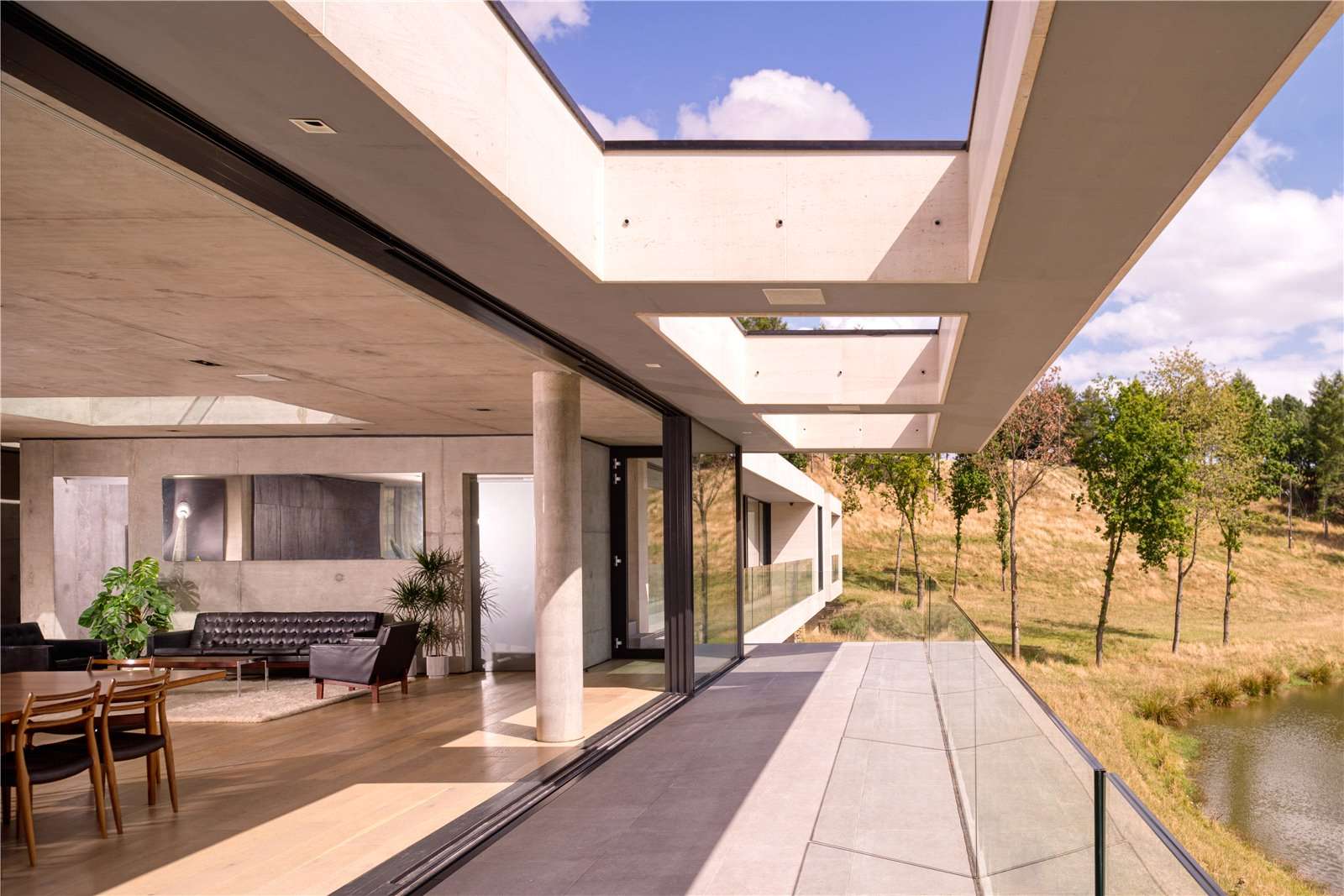
The upper cladding is limestone in a range of organic tones and the entire building is super- insulated, with a green roof providing a place in which to wander and absorb the ever-changing scene.
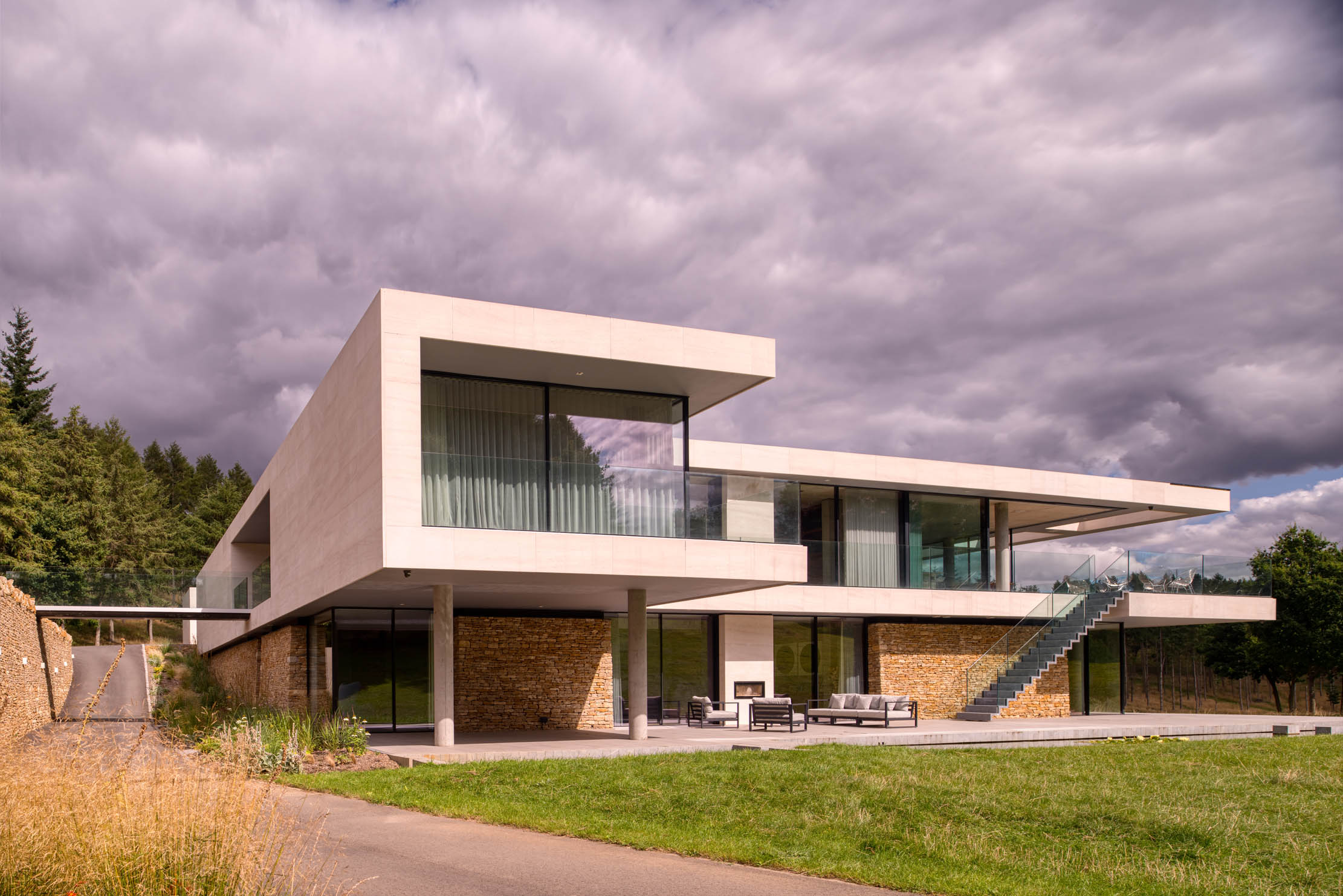
Internally, the concrete frame of the house complements the richness of the full-height rosewood doors and furniture and the limed-oak floors, with colour provided by a series of artworks commissioned from local artists.
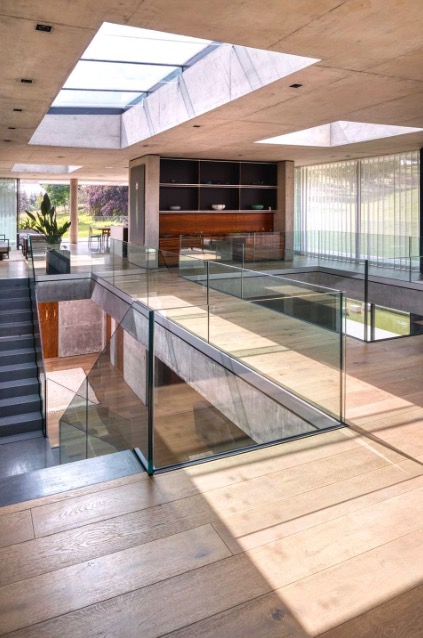
With self-sufficiency in mind, the property is fed by its own spring water, with heating and hot water provided by a bio-mass boiler using timber harvested from the surrounding woodland.
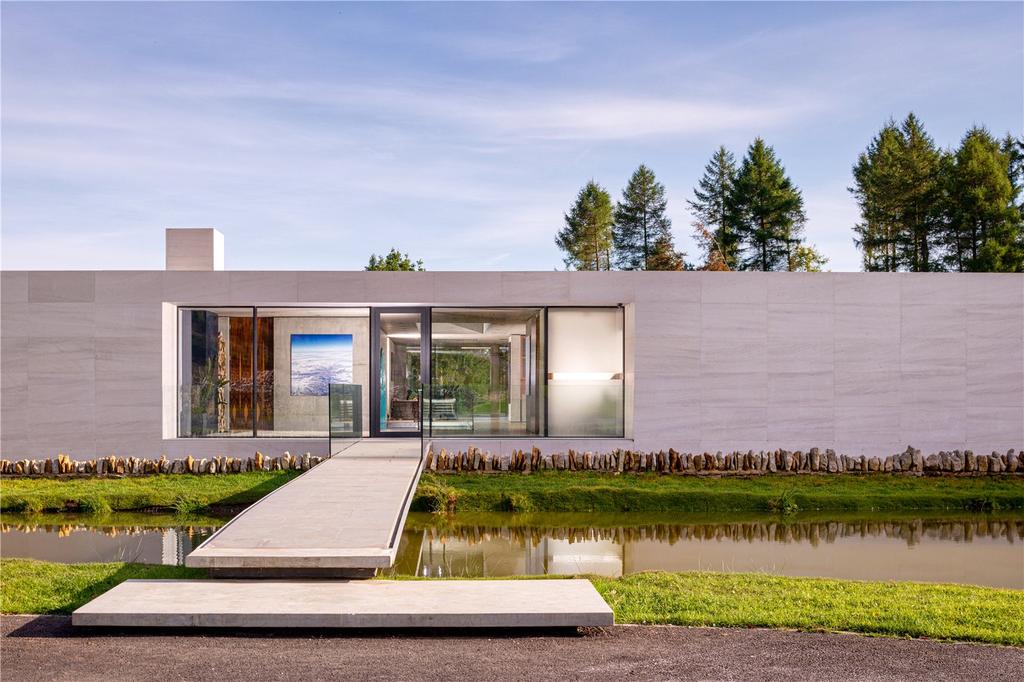
There is also scope to install a solar-energy system to replace the mains electricity supply and, in the event of a power outage, a generator allows the estate to be 100% off grid — considerations that can’t be overlooked in these energy-conscious times.
Gill Farm is for sale via Savills at £8m — see more pictures and details.

Credit: Strutt and Parker
Best country houses for sale this week
An irresistible West Country cottage and a magnificent Cumbrian country house make our pick of the finest country houses for
-
 'Monolithic, multi-layered and quite, quite magnificent. This was love at first bite': Tom Parker Bowles on his lifelong love affair with lasagne
'Monolithic, multi-layered and quite, quite magnificent. This was love at first bite': Tom Parker Bowles on his lifelong love affair with lasagneAn upwardly mobile spaghetti Bolognese, lasagne al forno, with oozing béchamel and layered meaty magnificence, is a bona fide comfort classic, declares Tom Parker Bowles.
By Tom Parker Bowles Published
-
 Country houses, cream teas and Baywatch: Country Life Quiz of the Day, April 24, 2025
Country houses, cream teas and Baywatch: Country Life Quiz of the Day, April 24, 2025Thursday's Quiz of the Day asks exactly how popular Baywatch became.
By Toby Keel Published
-
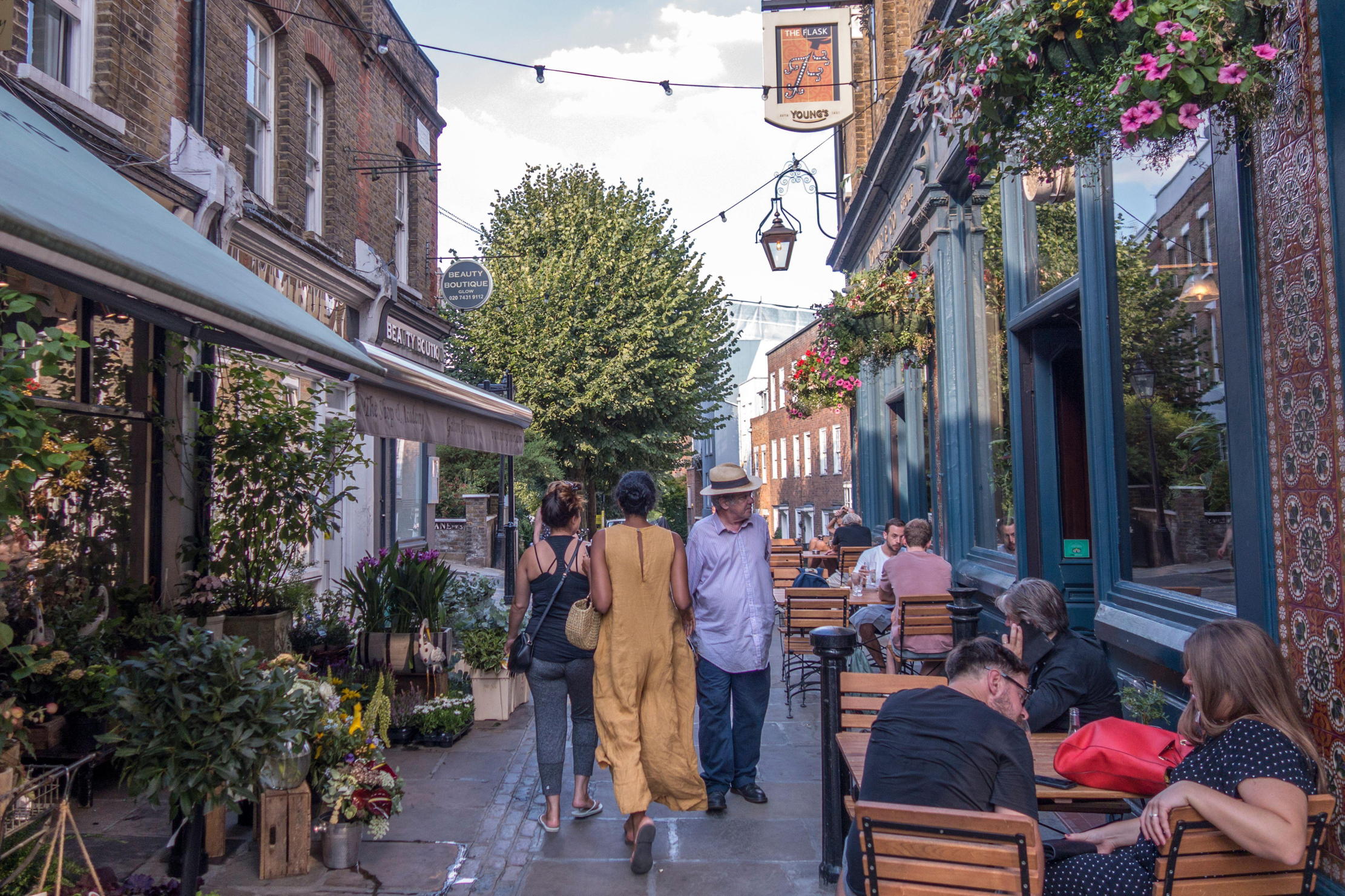 A day walking up and down the UK's most expensive street
A day walking up and down the UK's most expensive streetWinnington Road in Hampstead has an average house price of £11.9 million. But what's it really like? Lotte Brundle went to find out.
By Lotte Brundle Last updated
-
 Damon Hill's former home in Marbella is the perfect place to slow down
Damon Hill's former home in Marbella is the perfect place to slow downThe glorious Andalusian-style villa is found within the Lomas de Marbella Club and just a short walk from the beach.
By James Fisher Published
-
 A 327-acre estate in the heart of 'England’s Côte d’Or', with a 26,000sq ft Georgian style home at its heart
A 327-acre estate in the heart of 'England’s Côte d’Or', with a 26,000sq ft Georgian style home at its heartStokes Hall in the Crouch Valley is an inspiring property looking for a new owner.
By Penny Churchill Published
-
 Schreiber House, 'the most significant London townhouse of the second half of the 20th century', is up for sale
Schreiber House, 'the most significant London townhouse of the second half of the 20th century', is up for saleThe five-bedroom Modernist masterpiece sits on the edge of Hampstead Heath.
By Lotte Brundle Published
-
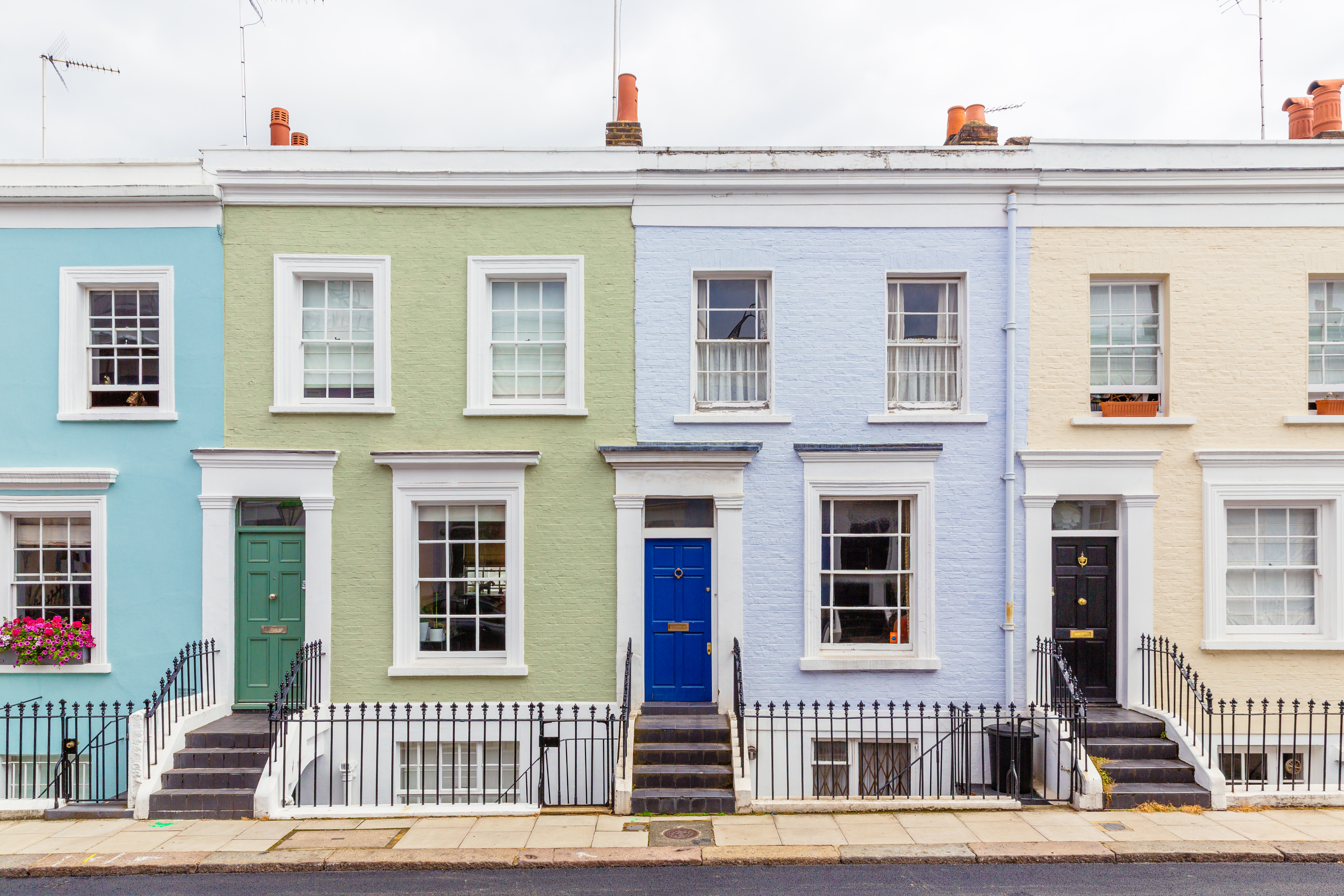 Is the 'race for space' officially over?
Is the 'race for space' officially over?During the lockdowns, many thought the countryside was the place to be. It seems many are now changing their minds.
By Annabel Dixon Last updated
-
 What's a 'wellness village' and will it tempt you back into the office?
What's a 'wellness village' and will it tempt you back into the office?The team behind London's first mixed-use ‘wellness village’ says it has the magic formula for tempting workers back into offices.
By Annunciata Elwes Published
-
 A mini estate in Kent that's so lovely it once featured in Simon Schama's 'History of Britain'
A mini estate in Kent that's so lovely it once featured in Simon Schama's 'History of Britain'The Paper Mill estate is a picture-postcard in the Garden of England.
By Penny Churchill Published
-
 Hidden excellence in a £7.5 million north London home
Hidden excellence in a £7.5 million north London homeBehind the traditional façades of Provost Road, you will find something very special.
By James Fisher Published
